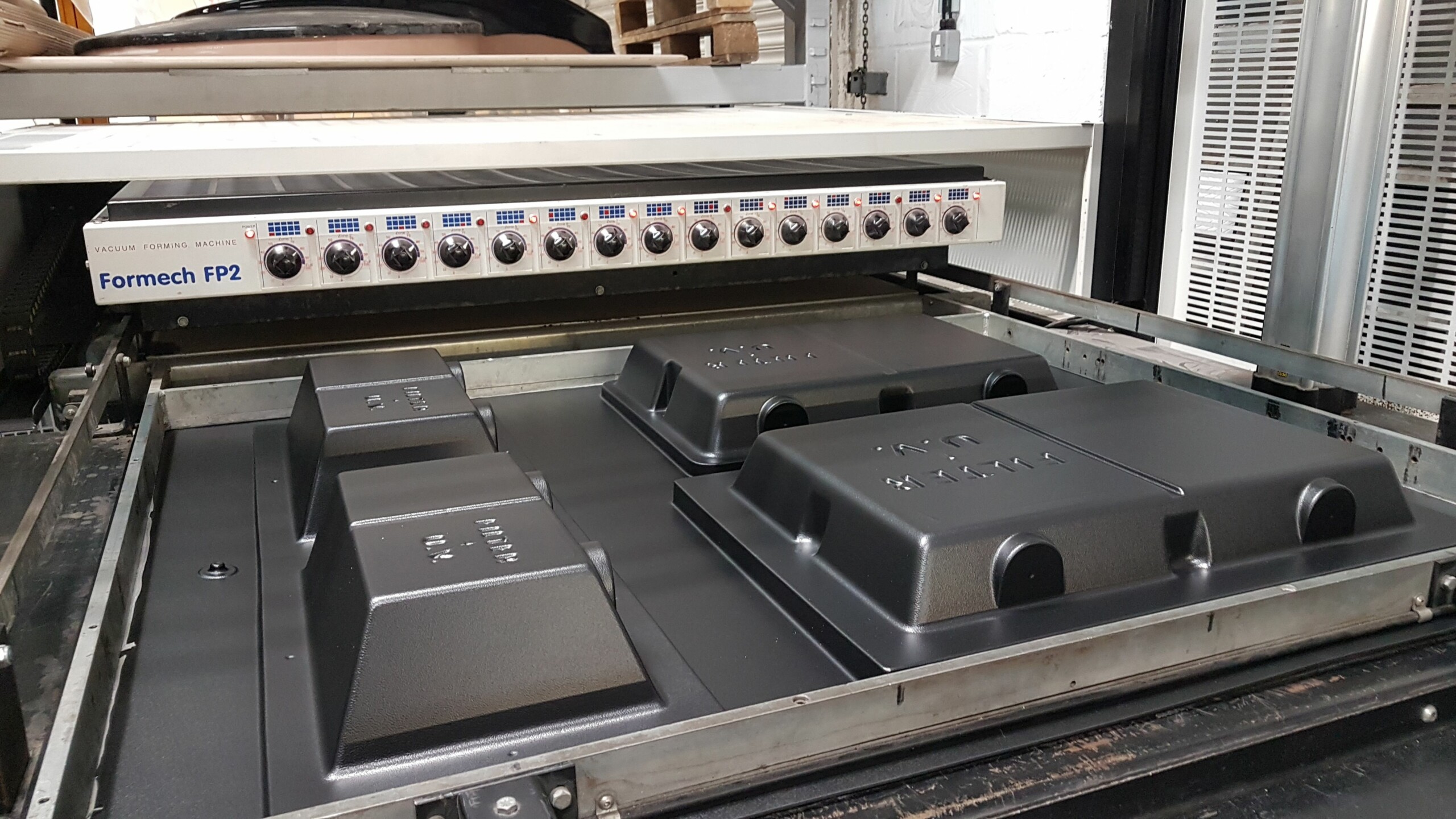Vacuum Forming: An In-Depth Look
Vacuum Forming: An In-Depth Look
Blog Article

Vacuum forming is a cost-effective plastic molding technique that involves heating a thermoplastic sheet until it becomes soft, then using vacuum pressure to form it over a pre-designed mold.
How Vacuum Forming Works
The process begins with a thermoplastic material being heated until it reaches the optimal forming temperature. Once the material is ready, it is positioned over a template, and a vacuum is applied to draw the material tightly over the mold, achieving the desired shape.
After forming, the material is hardened to retain its shape. The final product is then trimmed to remove unwanted material and prepared for distribution.
Where Vacuum Forming is Used
Vacuum forming finds its uses in sectors such as aerospace for creating lightweight plastic parts. Some common products made using vacuum forming include:
- Automotive parts
- Plastic packaging
- Hospital trays
- Retail displays
Benefits of Vacuum Molding
One of the biggest benefits of vacuum forming is its affordability. Other key benefits include:
- Rapid production
- Low-cost tooling
- Flexibility in design
- Strength-to-weight ratio
Final Thoughts
For businesses looking for an efficient plastic manufacturing solution, vacuum forming delivers a practical option.
Vacuum Forming Report this page